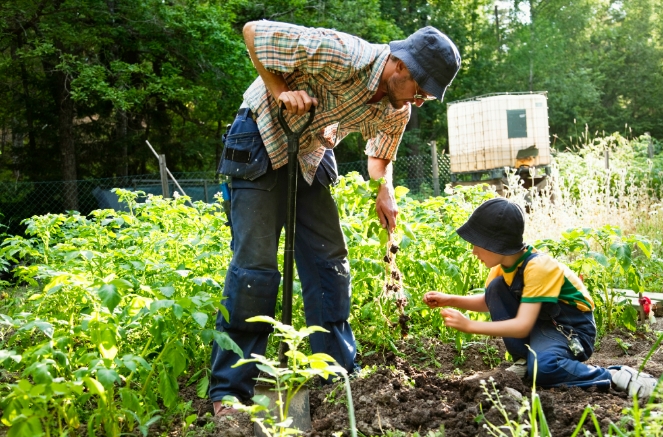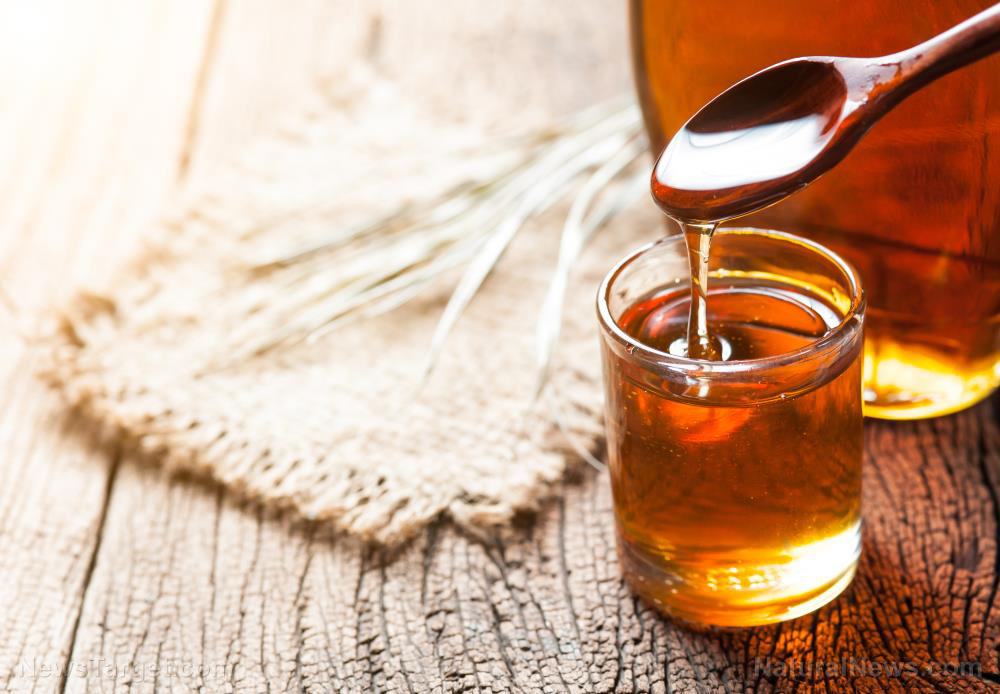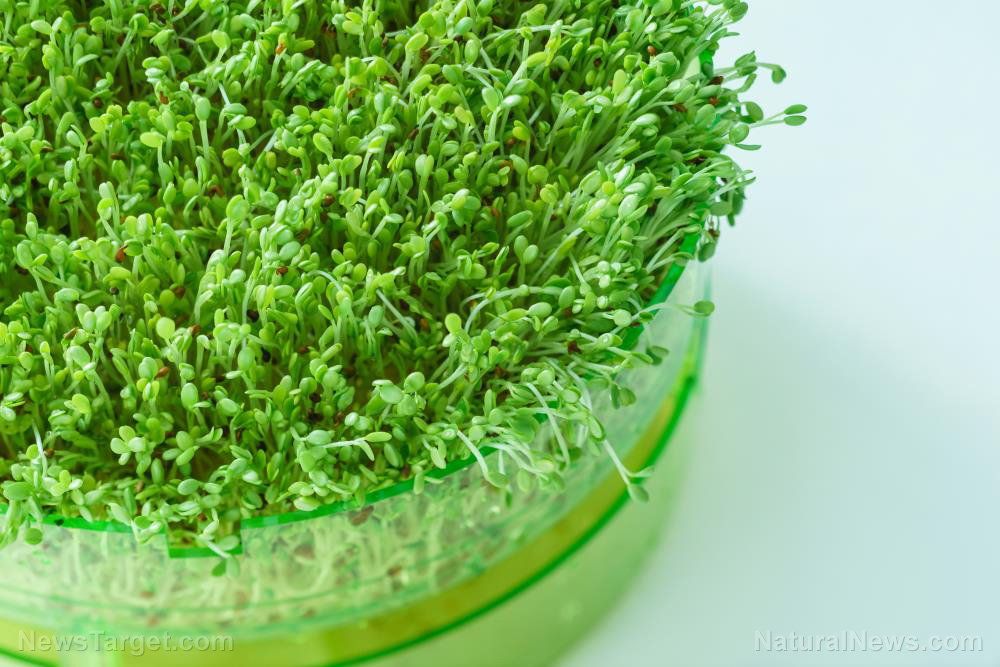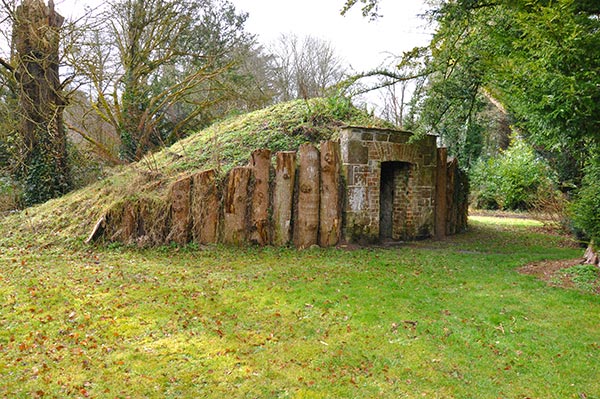Survival basics: The 9-step universal edibility test
12/09/2021 / By Virgilio Marin

Foraging for wild edibles is a viable option when you’ve run out of food while bugging out. The wilderness has an abundance of edible plants that can be eaten in emergency situations. However, you can’t just eat anything you find growing in the wild because some plants are poisonous. (h/t to PreppersWill.com)
9-step edibility test
Here’s a nine-step universal edibility test to help you identify wild edibles.
1. Choose a plant that grows abundantly
You need to look for a plant that grows abundantly in the area because this edibility test will take some time. If you pick a rare plant, you will have to search for more of it or waste your efforts should it turn out to be poisonous.
2. Separate the plant
Once you find the plant you want to test, look for a sample and pick it while wearing hand gloves. This will protect your skin in case the plant is toxic. Make sure that your sample grows a distance away from other plant species in the area. Picking a sample that has come in contact with other plants can compromise your test.
You also need to separate the different parts of the plant, such as the flowers, stem, leaves, buds, seeds and roots, because some parts may be edible while others are poisonous.
3. Smell each part
Throw away parts of the plant that smell unpleasant.
4. Touch the plant
Gently press each of the remaining plant parts onto your elbows and wrists for about 15 minutes. If the concerned area feels numb, itchy or hot or if you observe rashes beginning to form, remove the plant material right away and get rid of it.
Make sure to use a different area of your skin for every plant part to maintain the integrity of the edibility test.
5. Boil
It’s still unclear at this point if the remaining plant parts are actually edible. But boiling them can eliminate the germs or toxins that may be present.
Boil each remaining plant part separately to avoid cross-contamination of the good parts with the bad parts. Rinse the parts thoroughly after boiling.
If you’re doing the edibility test while in the wild, start a fire using materials around you. You can find many tree branches, dried leaves and other natural fuels in the wild. You can also check your bug-out bag for a steel container that you can place over the fire.
6. Press on your lips
Press a small amount of each plant part on a small area of your upper or lower lip and hold for a few minutes. If you experience any of the adverse reactions described above, discard the plant part. Make sure to use only a small area of your lip so you can test the remaining parts without comprising the test.
Move onto the next step if there is no adverse reaction after 15 minutes.
7. Taste the plant
Take a small bite of the plant part and place it on your tongue. If there’s no adverse reaction, chew and hold it in your mouth for 15 minutes. Do not swallow.
8. Eat the test piece
If no burning, itching, numbing, stinging or other irritation occurs, swallow it. Wait for several hours to see if you experience an adverse reaction, such as nausea, vomiting and diarrhea. If any of this happens, induce vomiting and drink a lot of water to flush out the toxins.
If all is well, proceed to the last step.
9. Eat more
Take a bigger morsel than the test piece and swallow it without chewing. Wait for a few hours. If you don’t feel anything strange, the plant part should be safe for eating. (Related: Everything you need to know about foraging for food when SHTF.)
This edibility test is intended only for green leafy plants and not for fungi, moss and the like. It’s also recommended that you pack enough food to avoid the need to forage while bugging out. While foraging has its uses, eating foods straight from your bug-out bag saves you time and effort.
Sources include:
Tagged Under: bug out, edible plants, emergency, food safety, foraging, how-to, Plants, preparedness, prepper, prepping, self-reliance, survival, survival skills, survivalist, tips, universal edibility test, wilderness survival
RECENT NEWS & ARTICLES
COPYRIGHT © 2017 GREEN LIVING NEWS




















